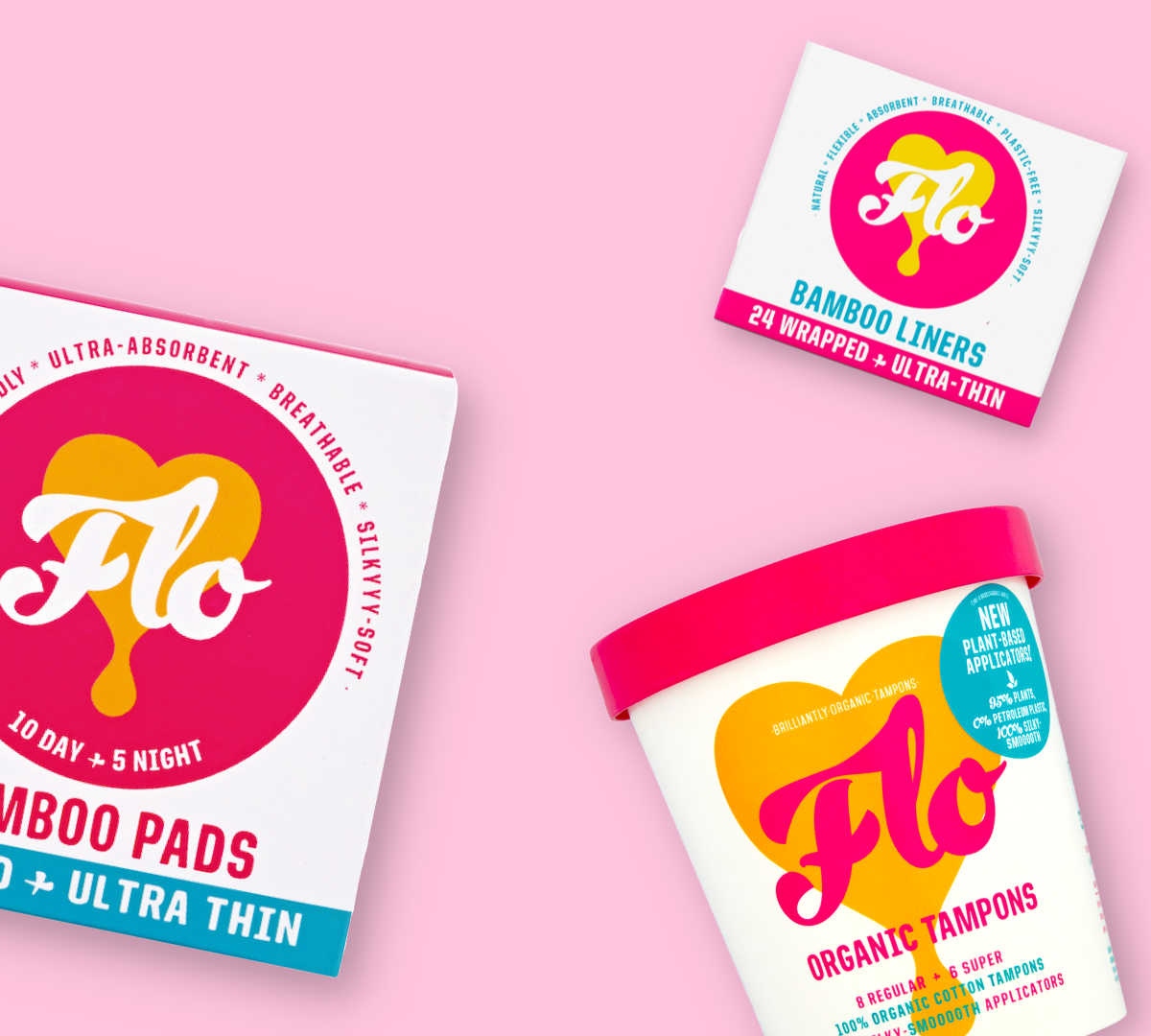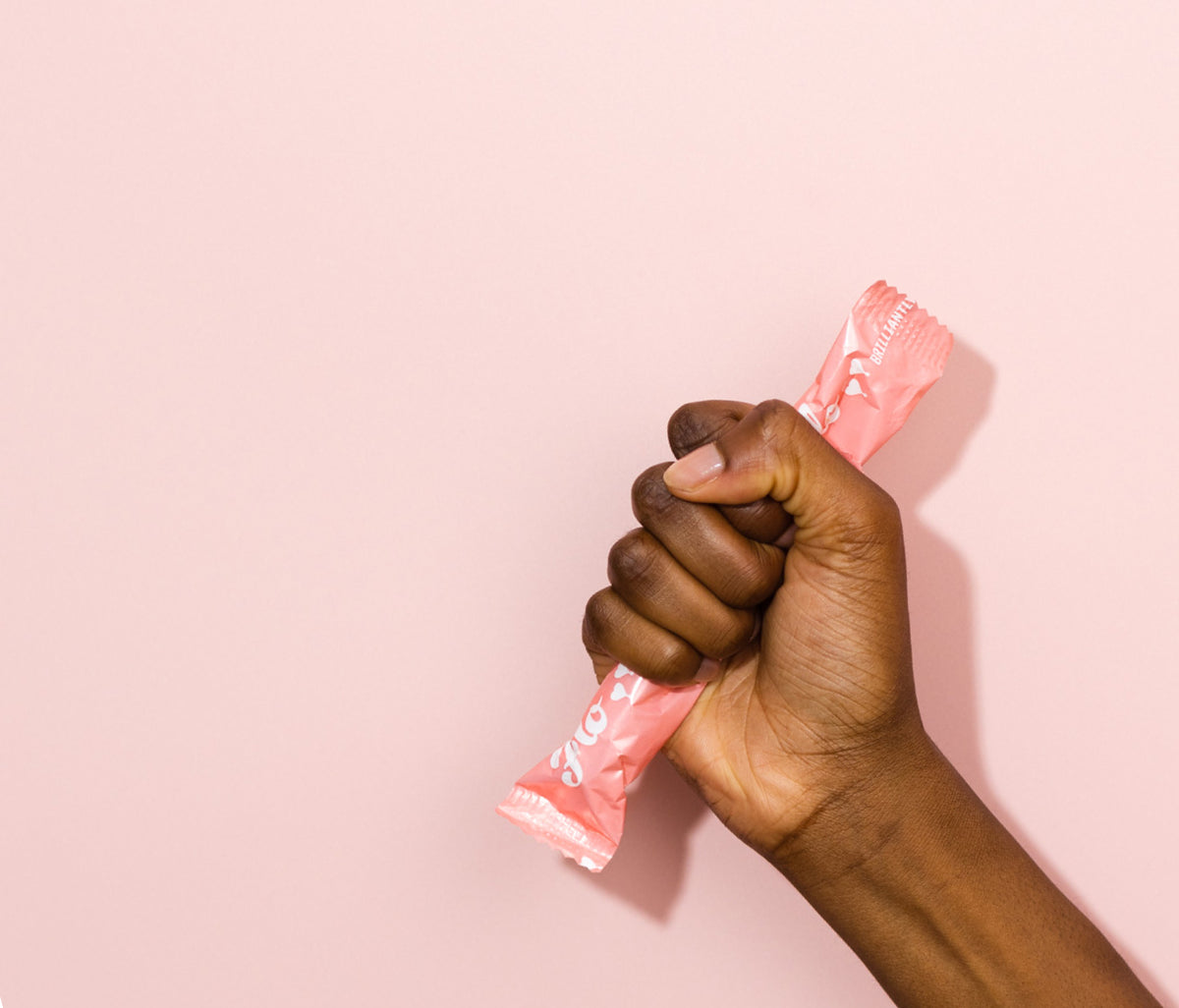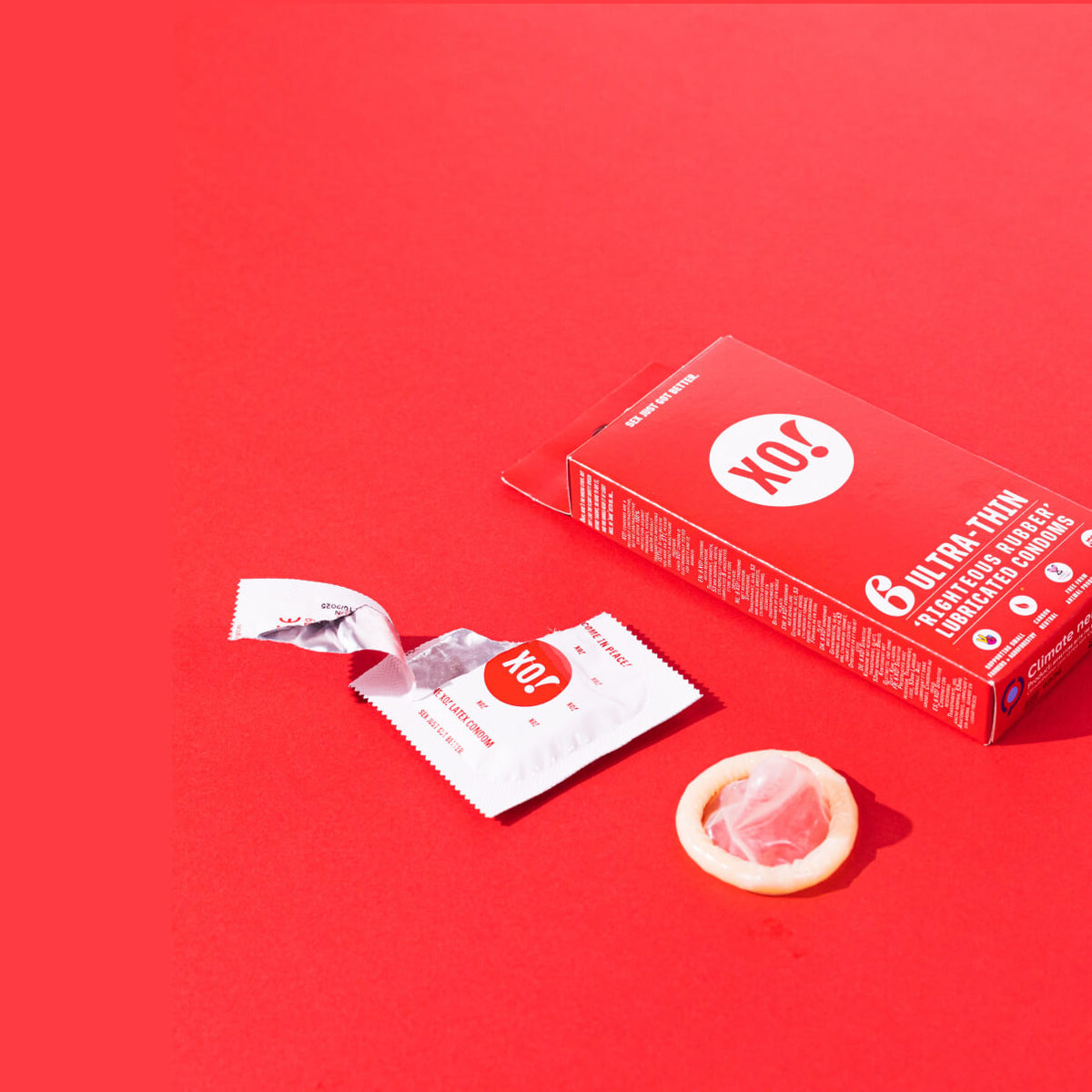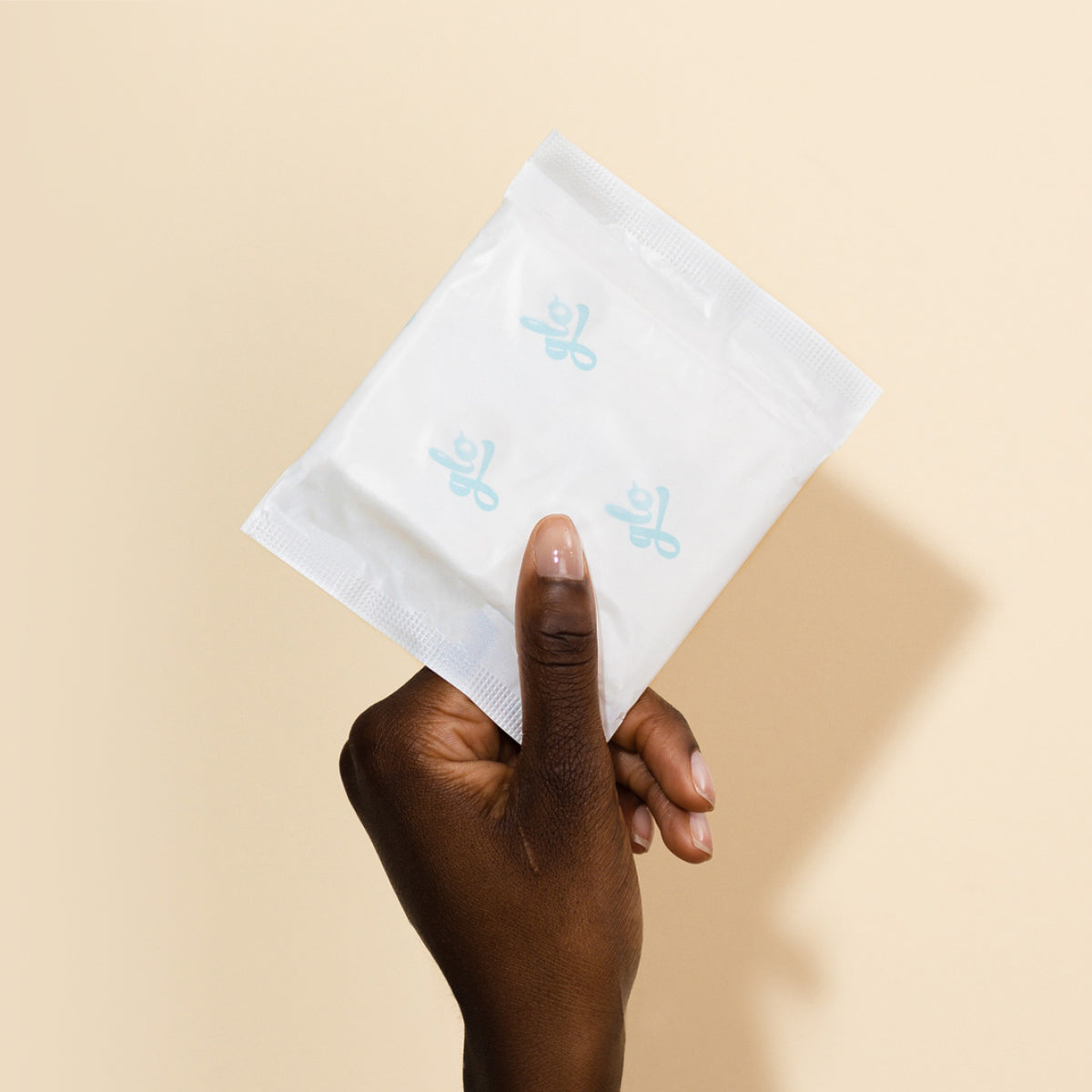As a parent/guardian, it's important to be prepared for the various stages and challenges your child will face as they grow up. One significant milestone is the onset of puberty and the beginning of their menstrual cycle. While discussing periods may seem daunting, it is crucial to provide support, understanding, and accurate information to your child during this time.
In this comprehensive guide we will delve into the essential aspects of the period chat, equipping you with the knowledge and confidence to navigate this conversation successfully. As one of the UK’s most loved period care brands we know a thing or two about periods!
1. Timing is Key
Timing is crucial when discussing periods with your child. While every child's journey into puberty is unique, it's generally recommended to initiate this conversation before they start their first period. This way, they will be prepared, feel more at ease and have a better understanding of what to expect.
2. Create a Comfortable Environment
Ensure you create a comfortable and safe environment for the conversation. Find a quiet and private space where your child feels at ease. Offer reassurance that this is a natural and normal part of life, and encourage open dialogue throughout the discussion. Remember, your support and understanding are essential during this time.
3. Explain the Biology
Start the conversation by explaining the biological basics. Discuss how the reproductive system works, highlighting the purpose of menstruation as the shedding of the uterine lining. Use the correct language (no slang terms or euphemisms) and clear explanations that your child can easily comprehend.
4. Discuss the Signs and Symptoms
Outline the signs and symptoms associated with menstruation. Explain that some common indicators include abdominal cramps, bloating, mood swings, breast tenderness, and fatigue. Emphasise that these symptoms are temporary and vary from person to person. Reinforce the importance of self-care and that a super painful or heavy period is not normal and something they should just 'get on with'.
5. Offer different types of Period Products
It can take a while to work out which period products work for your body. Offer your child different types of period products so they can try and work out which ones work best for them.
There are lots of option out there, such as:
- Applicator Tampons (with various absorbencies)
- Non-Applicator Tampons (with various absorbencies)
- Period Pads (with various absorbencies)
- Liners (for lighter days)
- Menstrual cups/discs
Our FLO Babe Bundle is great for your child's first period and you can be sure only natural, chemical-free ingredients are being used. Our products are bold & pink (and pretty darn cute!) which make teens feel like they can proudly display in their bathroom!
Reusable period pants can be a great intro product for young children starting their period. The simplicity and ease of use eliminates the need for additional items which makes them ideal for a first period which can take be overwhelming.
6. Address Myths and Misconceptions
Address any myths or misconceptions your child may have heard about periods. Common misconceptions include the belief that periods are dirty or that they hinder physical activities. Correct these misconceptions with accurate information, emphasising that periods are a natural and healthy part of a person's life.
7. Encourage Open Communication
We’ve all been teens before and your body changes SO quickly it can be super daunting.
By providing accurate information, without shame and making sure they view you as a safe person to ask questions (no matter how silly), you can equip your child with the knowledge and support they need to navigate their periods to come.
Remember that every child's experience with puberty is unique, and it's important to approach the conversation with sensitivity and inclusivity. By using gender-inclusive language and recognising that not all individuals who menstruate identify as female, you are demonstrating respect and understanding for diverse experiences and identities. Read more on this here.






